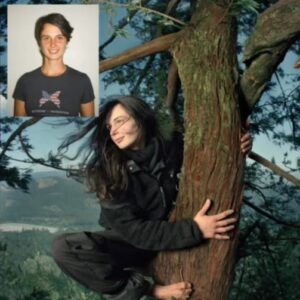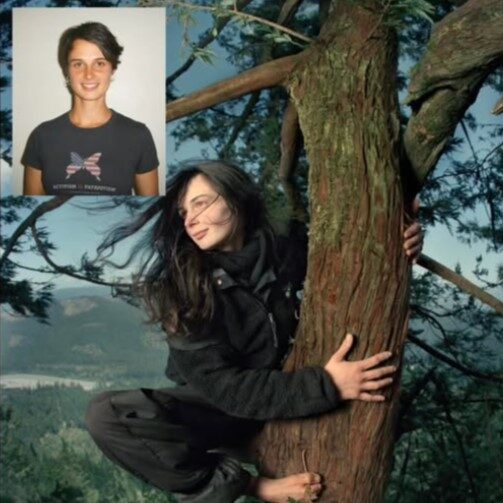The Woman Who Lived in a Tree for 738 Days—and Changed the Course of Environmental Activism
In an extraordinary act of environmental defiance, one woman chose to live more than 180 feet above the ground—high in the branches of a thousand-year-old redwood tree—to stand against deforestation and corporate greed. Her story not only preserved a living relic of the natural world but also inspired a generation to rethink the value of ecological activism.
Julia “Butterfly” Hill was just 23 years old when she climbed into the upper canopy of an ancient California redwood tree in December 1997. The tree, affectionately named “Luna,” towered nearly 200 feet into the sky and had stood watch over the Northern California landscape for over a millennium. It was scheduled to be cut down by the Pacific Lumber Company, part of a widespread logging operation threatening to erase centuries-old forests in the name of profit.
What began as a symbolic gesture soon transformed into one of the longest tree-sits in recorded history. Julia would remain perched in Luna’s branches for 738 consecutive days—more than two full years—enduring rain, storms, cold, physical illness, isolation, and psychological pressure, all without once setting foot on solid ground.
Living on a small, makeshift platform barely large enough to lie down, Hill used a solar-powered cell phone to conduct interviews, raise awareness, and coordinate efforts with environmental groups. She relied on volunteers to hoist food and supplies to her using ropes and pulleys, while constantly under pressure from loggers and helicopters that attempted to intimidate her into leaving.
Her protest was deeply personal, rooted in a spiritual connection with the forest and a desire to protect something much older and wiser than herself. “I didn’t climb the tree to save it,” Hill once said. “I climbed the tree so that the tree could save us.”
Luna became a global symbol of resistance. Hill’s presence brought media attention to the destructive practices of clear-cutting and the urgent need to protect old-growth forests. Over time, the public outcry and international support grew too loud to ignore.
After nearly two years of negotiations and unwavering resolve, Hill reached an agreement with Pacific Lumber Company in 1999. The deal ensured that Luna and a protective buffer zone around it would be preserved permanently, spared from the chainsaws that had already decimated so much of the surrounding forest.
Hill descended from the tree on December 18, 1999, having spent over 100 weeks living in its limbs. She left behind more than a legacy of courage—she left behind living proof that peaceful resistance can reshape environmental policy.
Today, Luna still stands in Humboldt County, California, its massive trunk a testament to endurance—not just its own, but that of the young woman who fought for its life. Although the tree suffered vandalism years later when it was attacked with a chainsaw, conservationists treated it with care, and it continues to grow, towering above the forest floor.
Julia Butterfly Hill’s act of defiance remains one of the most iconic moments in modern environmental history. It reminds us that a single determined voice, no matter how small or alone, can reverberate through the canopy of change. Her story continues to inspire environmentalists, educators, and activists around the world who believe that nature’s giants are worth protecting—not just for beauty, but for the survival of future generations.
Source:
Julia Butterfly Hill’s memoir “The Legacy of Luna” and archival reporting from The New York Times, CNN, and The Guardian.
